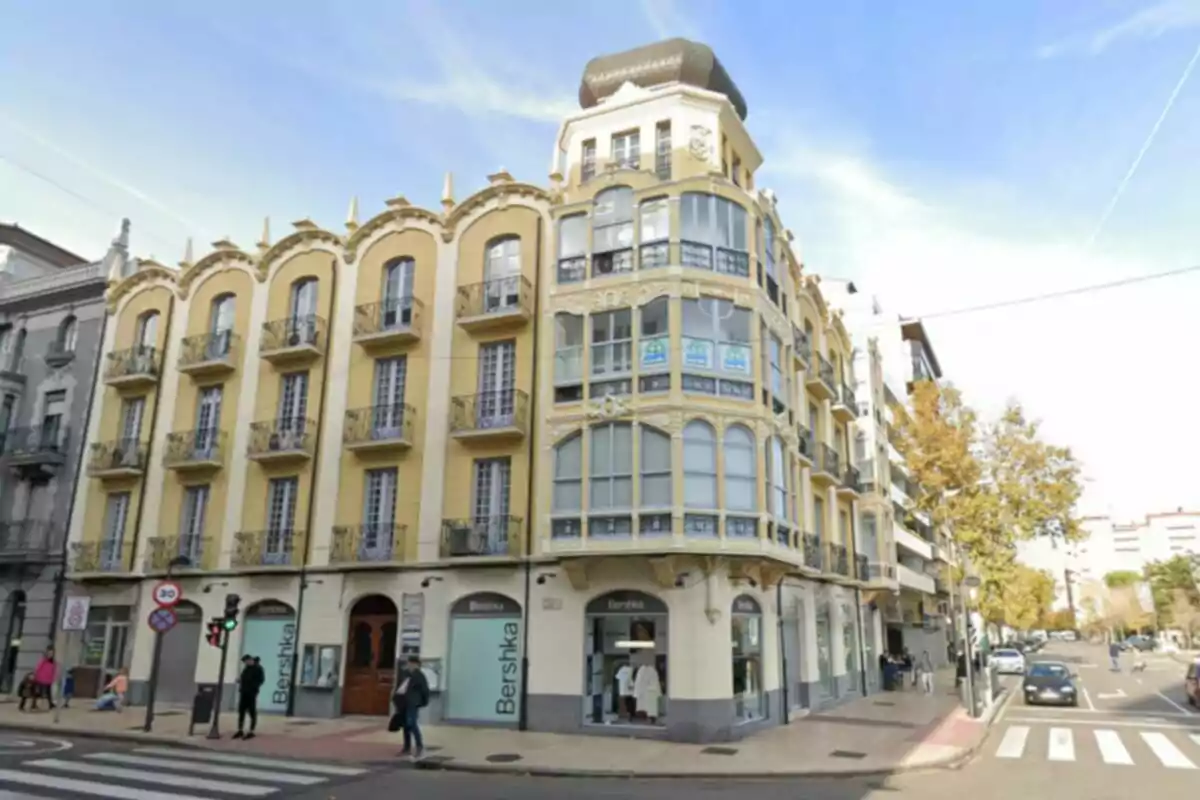
Cold Water Shock from Amancio Ortega to This Part of Spain: Massive Store Closures
Inditex's new commercial strategy has brought a Spanish province to the brink of being left without stores
Inditex, the giant owner of brands like Zara, Bershka, and Massimo Dutti, is undergoing a drastic change in its commercial strategy. The company is reducing the number of physical stores to focus its attention on the online channel. This move by Amancio Ortega's company aims to improve competitiveness against rivals like Amazon, Zalando, and Shein.
The multinational is not only closing stores in less strategic locations but is also betting on the in-store experience. This way, it seeks to attract the public with more interactive spaces and then direct sales toward the digital channel. Despite the reduction of establishments, the company continues to invest in large stores in key areas, like Madrid, to maintain its physical presence.

The closure of stores in Zamora: an example of the change in direction
A notable example of this shift is the closure of the Bershka store in Zamora. This store, which had been operating in the city for more than 20 years, closed permanently on January 31, 2025. The establishment was located at the intersection of Príncipe de Asturias Avenue and Alfonso IX, a key area of the city.
This closure adds to that of other Inditex brands, like Massimo Dutti, which have also disappeared from the city and the province. These types of decisions are part of the company's new strategy, which seeks to focus on places with a higher flow of tourists and consumers.

Regarding the disappearance of Massimo Dutti, it is noteworthy that the brand had performed positively in terms of sales. This suggests that the closures are not due to a drop in store profitability.
In fact, employees of the closed establishments in Segovia, another affected province, have pointed out that there was no decrease in sales. This implies that the change in strategy responds to broader factors than just billing.
Inditex drastically reduces its physical presence
Instead of maintaining small establishments in secondary locations, Inditex is concentrating its efforts on large flagship spaces. This move is part of a broader plan to optimize its network of physical stores.
In recent years, several of the company's stores have closed in different parts of Spain. In Segovia, for example, stores like Massimo Dutti and Oysho have closed in the Luz de Castilla Shopping Center. This reduction in space reflects the company's desire to adapt its model to new consumption habits.

Despite the closures, they continue to open stores in key locations, in Madrid, for example, they have inaugurated large 'flagship stores' in high-traffic areas. These establishments are presented as experience points for consumers, where they can interact with the products before buying them online. The strategy also includes the collection of orders made online, which further integrates physical commerce with digital.
This approach is yielding good results for Inditex, which has managed to improve its financial stability after going through a difficult stage. In 2019, the company was rated as 'junk bond,' but it has now regained 'investment grade,' reflecting its ability to adapt to new times.
More posts: